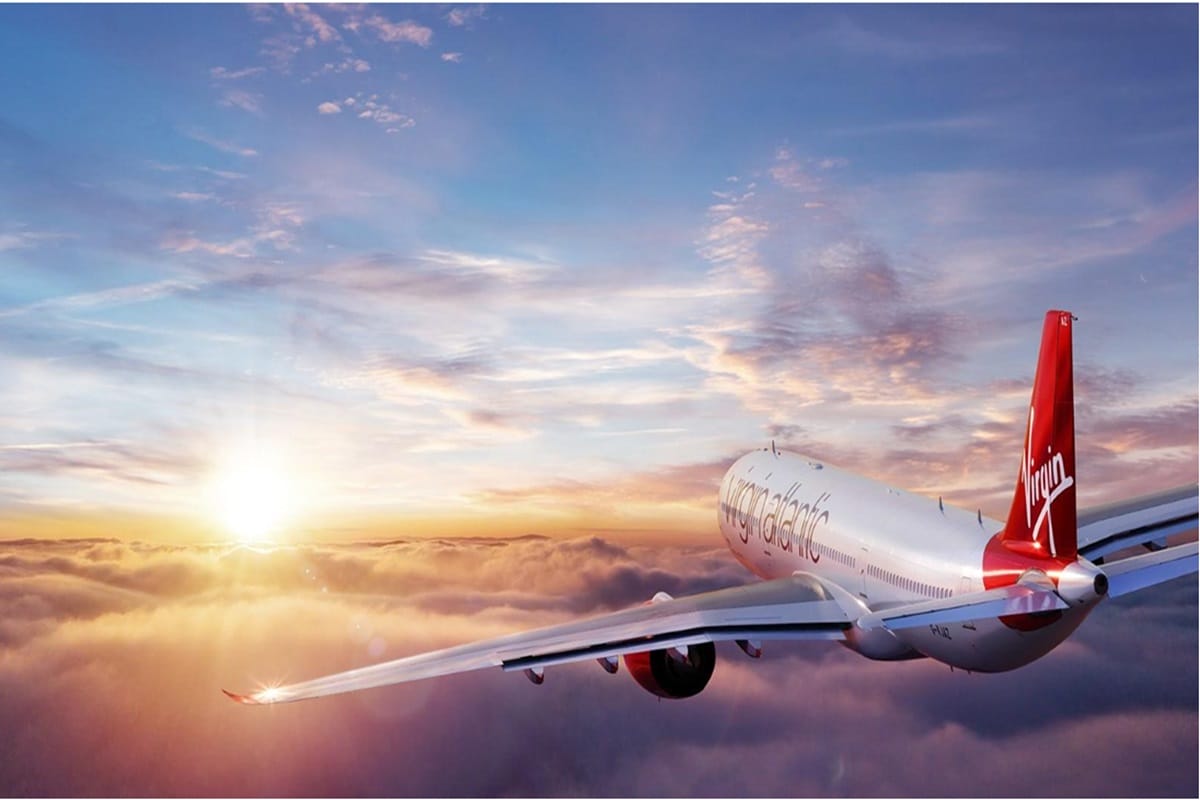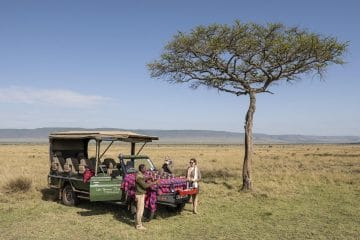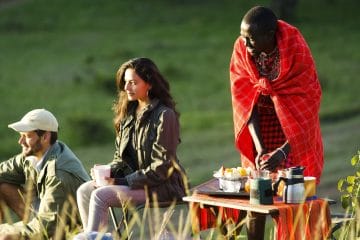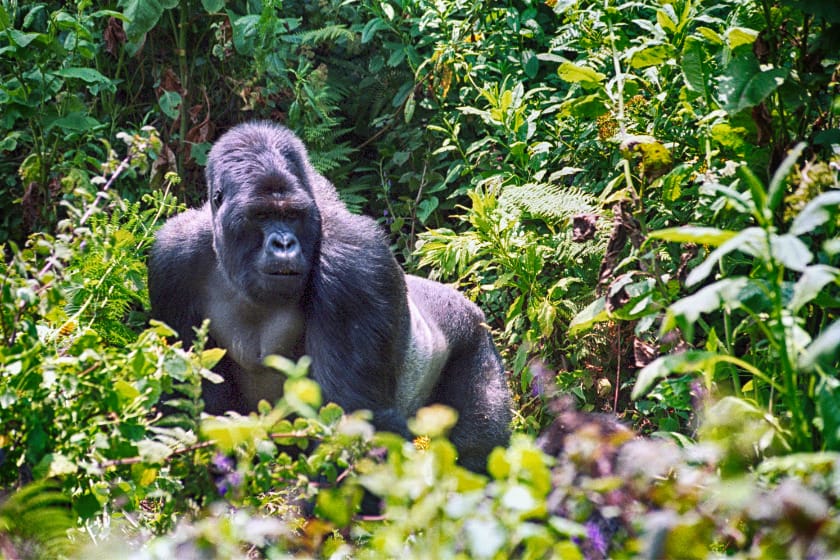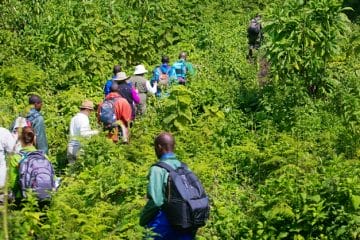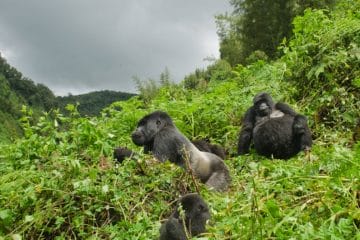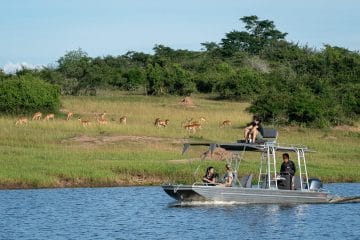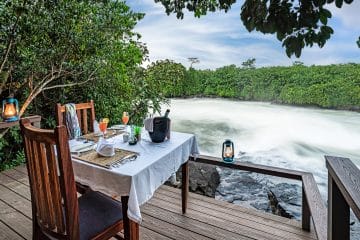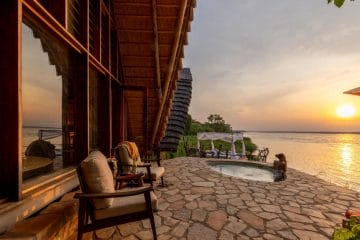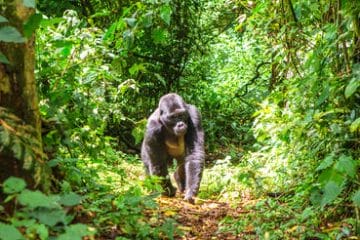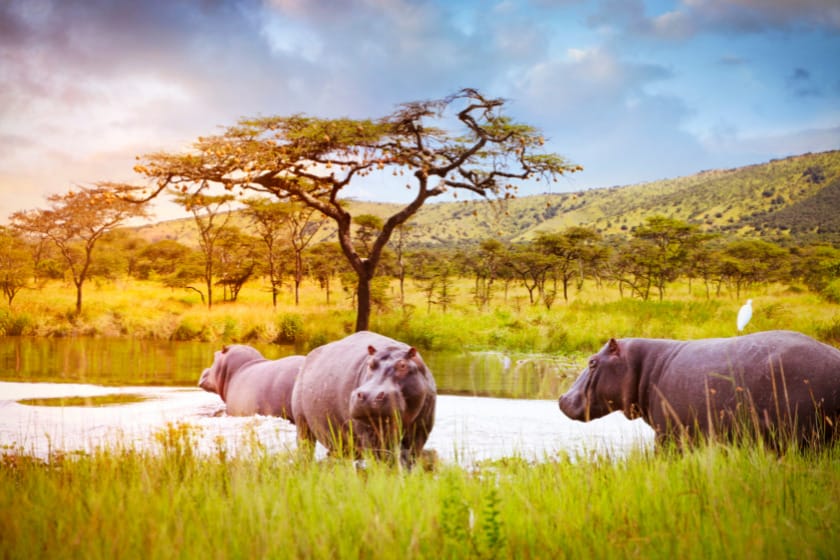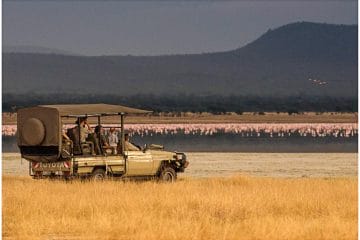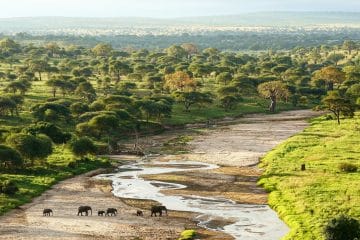East Africa is a prime destination for all kinds of photographers, with its diverse landscapes, well-established tourism infrastructure, abundant wildlife, and rich cultural drawcards.
Whether you’re traveling to Kenya, Rwanda, Tanzania, or Uganda, you’ll have plenty of opportunities to capture scenic landscapes, wild animals, and meet friendly locals keen to share their traditions and customs with you.
Come travel with us across four countries and 20 destinations you’ll love if you’re looking for an authentic, luxury African photographic safari.
Kenya Highlights Worthy of Your Next Photo Safari
If you’re a wildlife photographer, Kenya’s most obvious drawcard is the annual Great Wildebeest Migration, but there’s so much more to capture than that, whatever the season.
Beyond the variety of wildlife, Kenya’s rich cultural heritage also provides photographers with the chance to capture images of colourful tribes, traditional ceremonies, and unique cultural practices.
Read more about Kenya’s top 5 photographic safari destinations:
1. Mount Kenya
2. Lake Nakuru
3. Diani Beach
4. Maasai Mara National Reserve
5. Aberdare National Park
Some of Kenya’s private conservancies and reserves offer exclusive access to photographers, for an intimate and uncrowded safari experience.
Many lodges offer the services of professional guides who are experienced in catering to the needs of photographers. They’ll take into account critical aspects like lighting, positioning, and the importance of patience.
In some instances, Kenyan safari operators offer specialised workshops and photographic safaris led by professional photographers who share their expertise and guidance for getting the ultimate photo.
Mountain Gorillas and Volcanos: Why Rwanda is a Photographer’s Dream Safari
Known for its safety and well-developed infrastructure, Rwanda is a comfortable and accessible destination for a photographic safari, whether you’re a seasoned pro or a budding enthusiast.
The country is possibly most famous for its mountain gorilla encounters, a bucket-list experience for any wildlife photographer. The primate action doesn’t end there, though, photographers can also embark on guided treks to witness endangered golden monkeys.
Read more about Rwanda’s top 5 photographic safari destinations:
1. Volcanoes National Park
2. Lake Kivu
3. Akagera National Park
4. Mount Bisoke
5. Nyungwe Forest National Park
Rwanda features lush rainforests, sprawling savannah and volcanoes, giving landscape photographers ample opportunity to capture stunning shots. The country also boasts rich birdlife, perfect for fans of avian photography.
For those interested in capturing the essence of local life, Rwandan culture is vibrant and features a variety of captivating traditions and rituals. If you’re looking for a more traditional safari experience, head to Akagera National Park to capture elephants, giraffes, and antelopes.
Tanzania Through the Lens: 5 Must-Visit Safari Destinations
Tanzania is home to the world-renowned Serengeti National Park, the location of the Great Wildebeest Migration. This annual natural phenomenon provides wildlife photographers with excellent opportunities to capture the scenes of over 1,5 million ungulates, zebras, and other herbivores crossing the plains.
The wildlife action doesn’t end there though – the country also plays host to the iconic Big Five (lion, elephant, buffalo, leopard, and rhino), as well as cheetahs, giraffes, and hippos.
Read more about Tanzania’s top 5 photographic safari destinations:
1. Mount Kilimanjaro
2. Ngorongoro Crater
3. Mafia Beach
4. Serengeti National Park
5. Lake Manyara National Park
Tanzania’s Ngorongoro Crater is another bucket-list destination. This UNESCO World Heritage Site is a volcanic caldera teeming with wildlife and a prime spot for capturing stunning images against the backdrops of the crater walls.
There’s no shortage of professional guides in Tanzania. They’re well-versed in what makes a great photographic safari experience and will lead you to the best locations with their expert knowledge and guidance.
For the wild at heart, Tanzania offers photographers off-the-beaten-path adventures like chimpanzee trekking in Mahale Mountains National Park or exploring the remote wilderness of Selous Game Reserve by boat.
If you’re looking for a fresh perspective, several safari operators in Tanzania offer hot air balloon safaris, the perfect way to capture dawn’s golden light spreading over the savannah below you.
Of course, no Tanzania photographic safari is complete without a visit to one of the world’s most iconic tribes – the Maasai people. Photographers will have ample opportunity to document their vibrant culture, daily life, and ancient traditions while visiting the country.
Epic Shots in Uganda: Top 5 Photographic Safari Highlights
Known as the ‘Pearl of Africa’, Uganda is one of the few places in the world where you can embark on a gorilla trekking experience to capture intimate scenes of these remarkable creatures in their natural habitat.
Beyond the gorillas, the country is also home to a variety of other primate species, including chimpanzees, golden monkeys, and baboons.
Known for its stunning natural beauty, Uganda’s landscapes include lush rainforests, rolling hills, and shimmering lakes, perfect for exceptional landscape photography.
Coupled with over 1,000 bird species recorded, Uganda provides the ideal backdrops against which to capture its endemic birdlife.
Home to a variety of big game species, including elephants, lions, leopards, and buffalo, Uganda offers wildlife photographers ample opportunity to capture wild animals in a variety of scenic habitats.
Read more about Uganda’s top 5 photographic safari destinations:
1. Lake Bunyonyi
2. Sipi Falls
3. Ssese Islands
4. Murchison Falls National Park
5. Lake Victoria
For a completely different perspective, photographers can head out on a boat safari on Uganda’s numerous lakes and rivers to capture pods of hippos, elephants drinking, and thriving birdlife along the riverbanks. Uganda’s diverse ethnic groups and rich cultural heritage provide photographers with the chance to capture unique culture and traditions, from ceremonies and dances to daily village life.
As you can tell by now, East Africa offers photographers abundant wildlife, epic scenery, and thrilling encounters with animals in the wild. Wherever you choose to go, speak to a safari expert at Discover Africa today about planning your tailor-made, luxury photographic safari to East Africa.







